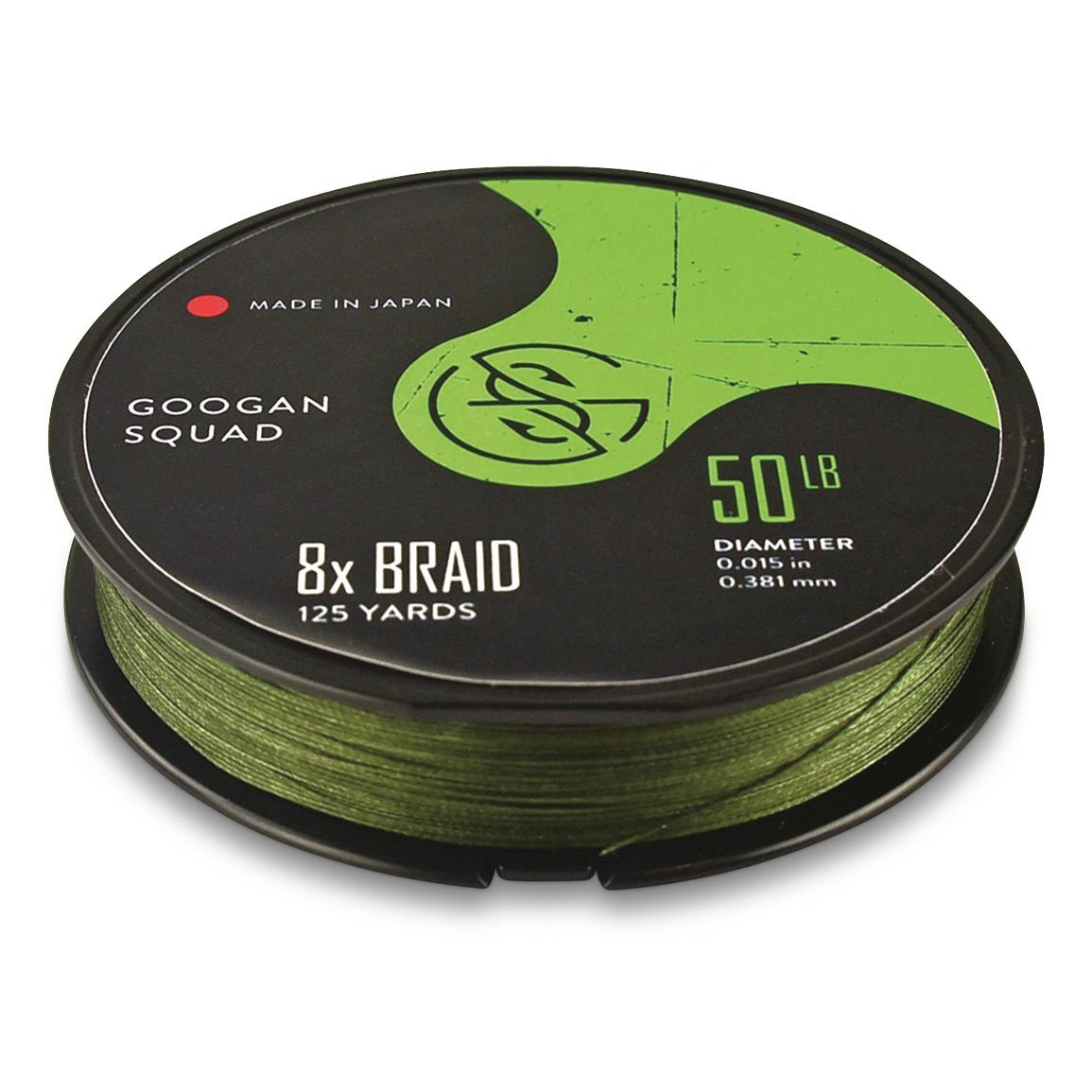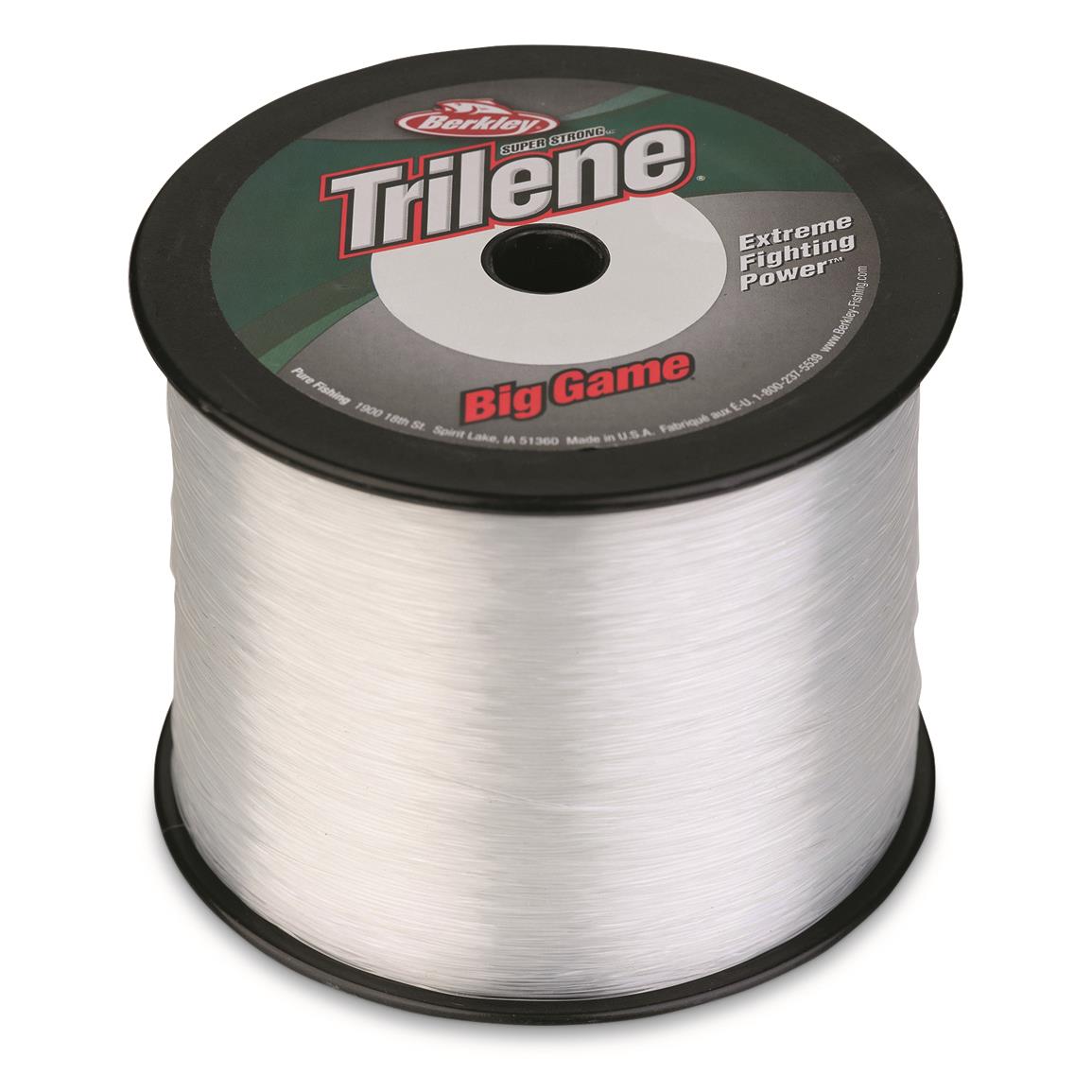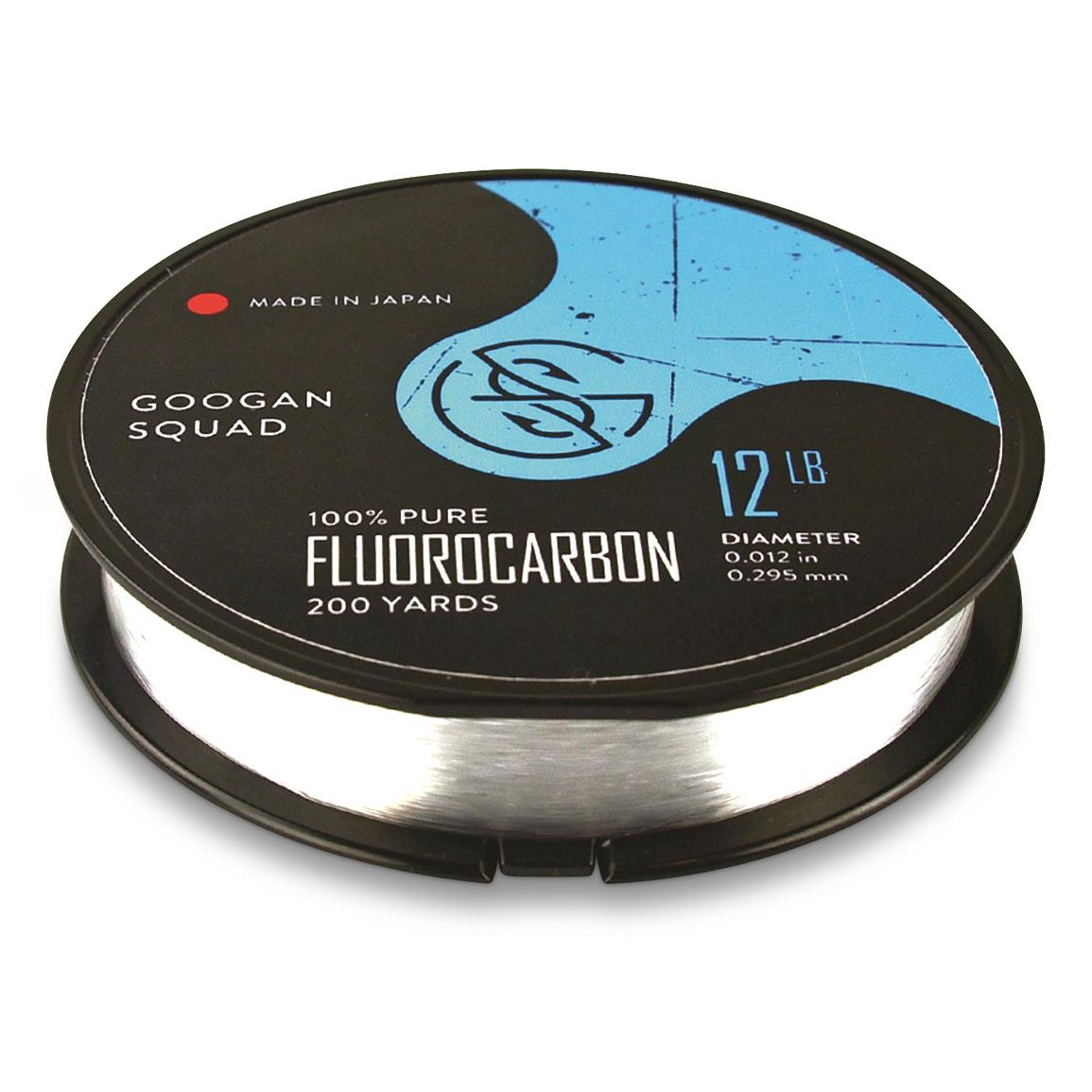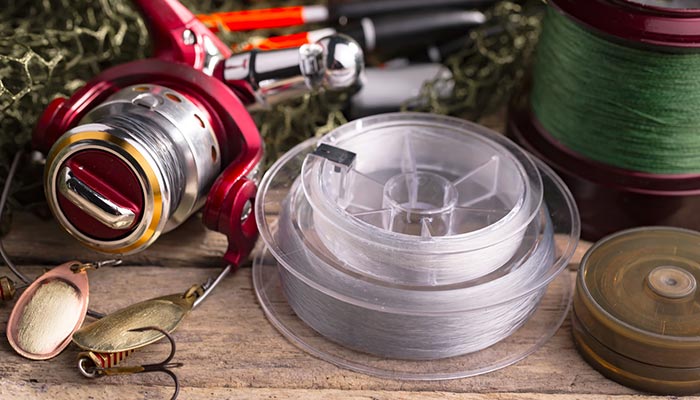A common question for years at seminars has been: Which fishing line should I use? Choosing between braid vs. fluorocarbon vs. monofilament fishing lines can feel like like an impossible task at times because there is a lot of crossover applications. In this guide, we will equip you with best applications for each type of line and when you may want to pack multiple types of line based on water conditions and target species.

Braid: The Warrior of Strength and Sensitivity
Braided line, revered for its formidable tensile strength and minuscule diameter, emerges as the champion for big game fishing. It's heralded for its remarkable sensitivity, allowing anglers to detect the most subtle of nibbles. Additionally, its resilience against UV damage and water absorption fortifies its standing. However, its Achilles' heel lies in its visibility underwater and susceptibility to abrasion, making it less ideal for clear water scenarios or when navigating through jagged terrains.
- Best for: Deep and muddy water fishing, thick vegetation, and situations requiring high sensitivity and strength. Braided line excels in scenarios where anglers need to feel everything at the end of their line and cut through dense cover. It's also preferred for its high tensile strength, allowing the use of thinner lines without the risk of breakage, and for fishing techniques like jig-head swimbaits and deep-diving crankbaits.
- Ideal Applications: Spinning reels benefit from braided lines due to their smaller diameter and lack of memory, facilitating longer casts with less tangling. Additionally, braided lines are suited for fishing around or in thick vegetation, like when using punching and frogging techniques
- Best Fish Species: Braided line is often preferred for targeting larger, stronger fish species such as bass (especially in heavy cover), catfish, and saltwater species like tuna and yellowtail, where its strength and sensitivity are critical.

Monofilament: The Versatile Knight
Monofilament, a single strand of nylon, offers a balanced blend of affordability and functionality. Its buoyancy and stretch make it a favorite for topwater lures and situations requiring shock absorption. Innovations in manufacturing have led to enhanced abrasion resistance, reduced UV damage susceptibility, and improved hydrophobic qualities, making advanced monofilaments like Sufix's Advance Monofilament a preferred choice for topwater applications.
- Best for: Topwater lures and shallow-running crankbaits, where its buoyancy and stretch are advantageous. Monofilament is ideal for situations that require some shock absorption to prevent lures from being torn free during a battle, making it suitable for lures that employ treble hooks.
- Ideal Applications: Big-game trolling benefits from monofilament due to its stretch, which can accommodate the shock from a quick hit or surging fish. It is also chosen for safety reasons in offshore fishing, as it holds knots better and is less likely to cause injury compared to braided lines.
- Best for Fish Species: Monofilament is a good all-around choice for many freshwater species, including trout, bass (especially for topwater), and panfish, as well as for saltwater species when trolling or when the stretch can be advantageous for shock absorption.

Fluorocarbon: The Stealthy Archer
Fluorocarbon, with its low visibility and thin diameter, excels in clear water conditions, making it a stealthy choice for wary fish. While it does share some stretch and memory characteristics with monofilament, its distinct advantage lies in its ability to sink, broadening its applicability to techniques like crankbaiting and Texas rigging. Yet, its higher cost and the necessity of wetting knots to prevent failure pose considerations for anglers.
- Best for: Clear water conditions and techniques requiring stealth, due to its low visibility and good sensitivity. Fluorocarbon's thin diameter and sinking properties make it a preferred choice for crankbaits, casting wacky worms, Texas rigging, and jigging.
- Ideal Applications: Casting crankbaits and certain finesse techniques where low visibility is crucial. Fluorocarbon is also recommended for applications that benefit from its abrasion resistance and less stretch compared to monofilament, such as when fishing around cover or in situations requiring precise hook sets.
- Best for Fish Species: Fluorocarbon is particularly effective for species like bass (in clear water conditions), walleyes, and crappies when using techniques that require stealth and precision. It's also preferred for saltwater species that are more likely to be spooked by visible lines.
Frequently Asked Questions About Fishing Lines
Still unsure? Here are the most popular questions we get when it comes to fishing line.
Q1: Which fishing line is best for clear water?
A: In clear water, fluorocarbon is the preferred choice due to its low visibility and transparent nature, making it tough for fish to spot. This line is also exceptionally thin, further aiding its invisibility.
Q2: Can braided lines be used in spinning reels?
A: Yes, braided lines are well-suited for spinning reels because of their smaller diameter and lack of memory. This helps prevent the line from jumping off the spool and reduces tangles, making for longer casts.
Q3: Is monofilament or braided line better for bass fishing?
A: Both lines have their advantages for bass fishing. Braided line is favored for its strength and sensitivity, especially in thick, weedy cover or when fishing in deep water. Monofilament is preferred for topwater lures and situations requiring shock absorption due to its stretch and buoyancy.
Q4: How does fluorocarbon compare to monofilament in terms of stretch?
A: Fluorocarbon has some stretch, but not as much as monofilament. This characteristic, along with its thin diameter and low visibility, makes it increasingly popular for various fishing applications, despite being more expensive.
Q5: Why is braided line not ideal for very clear water?
A: Braided line is generally easier for fish to see due to its higher visibility, making it not ideal for fishing in very clear water. However, its high tensile strength and thinner diameter are beneficial for other applications.
Q6: What are the main advantages of using monofilament fishing line?
A: Monofilament is the most affordable type of line, offers good abrasion resistance, and is buoyant, making it ideal for slow-moving topwaters and shallow-running crankbaits. Its stretch can absorb shocks, preventing lures from being torn free during a catch.
Q7: How often should I replace my fishing line?
A: The frequency of replacing your fishing line depends on how often you fish, the type of water you fish in, and the line quality. As a general rule, inspect your line regularly for wear and tear and consider replacing it at least once a season for optimal performance.
Q8: Can I use fluorocarbon as a main line and leader?
A: Yes, fluorocarbon can be used both as a main line and as a leader. As a main line, it offers low visibility and good sensitivity, while as a leader, it adds the advantage of being nearly invisible to fish, making it a popular choice for clear water conditions.
Choosing Your Line: The Art of Strategy
The choice between braid, monofilament, and fluorocarbon is not a matter of superiority but of application. Braided lines, with their zero stretch, are not the best for direct jig ties but excel in deep water fishing and when combating thick vegetation. Monofilament's stretch and buoyancy make it ideal for topwater lures and situations requiring shock absorption, such as big-game trolling. Fluorocarbon's stealth and sinking properties lend it to clear water applications and techniques requiring subtlety and finesse. Often times there is no one answers so it is always encouraged to paick a couple different types of line depending on the fishing report. And sometimes, it just comes down to how luck you are that day.
At Sportsman's Guide, we love to fish. Trust us for all your Fishing Gear, including Fishing Reels, Abu Garcia Fishing Reels, Lures and more.



